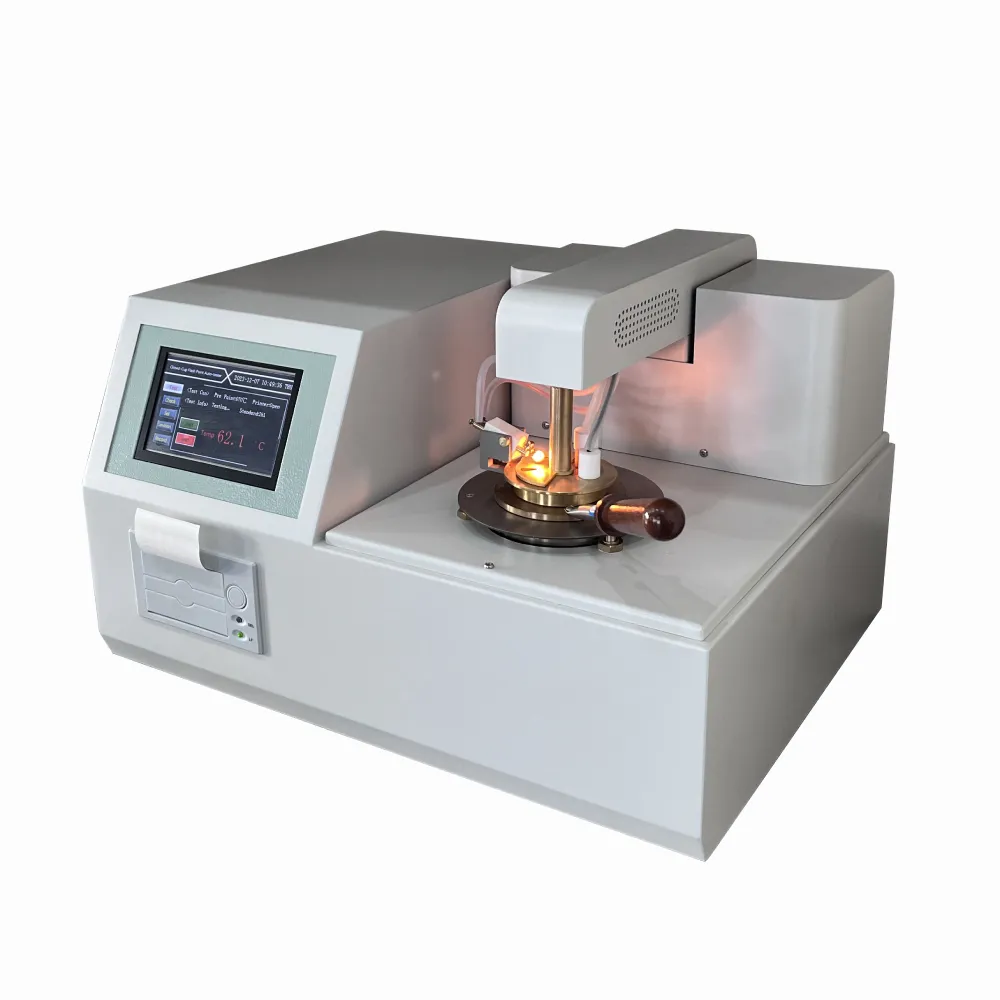 English
English


Advancements in Gas Chromatography Mass Spectrometry for Environmental and Clinical Applications
Gas Chromatography-Mass Spectrometry (GC-MS) An Overview
Gas Chromatography-Mass Spectrometry (GC-MS) is an analytical technique that combines the physical separation capabilities of gas chromatography with the mass analysis capabilities of mass spectrometry. This powerful technique is widely used for analyzing complex mixtures and is fundamental in various fields such as environmental monitoring, pharmaceuticals, food safety, and forensic science.
The Principles of GC-MS
The procedure of GC-MS involves two main steps gas chromatography and mass spectrometry. In the first step, gas chromatography separates the components of a sample based on their volatilities. A vaporized sample is injected into a chromatographic column where it is carried by an inert gas (often helium or nitrogen). The different components in the sample travel through the column at varying speeds, allowing them to be separated based on their interaction with the stationary phase of the column.
Once separated, the individual components are directed into the mass spectrometer for analysis. Mass spectrometry works by ionizing the sample and then measuring the mass-to-charge ratio (m/z) of its ions. The mass spectrometer produces a mass spectrum that provides information about the molecular weight and structure of the compounds present in the original sample.
The Synergy of Separation and Identification
The combination of GC and MS provides a highly sensitive and specific method for both the separation and identification of compounds. While gas chromatography excels in separating volatile compounds, mass spectrometry provides detailed information about the molecular structure of the compounds. This synergy enhances the overall analytical capability, making GC-MS one of the most powerful techniques for qualitative and quantitative analysis.
Applications of GC-MS
GC-MS is an indispensable tool in various scientific industries. In environmental science, it is used to detect pollutants and trace hazardous substances in air, soil, and water. The ability to identify minute concentrations of organic compounds makes it crucial for environmental monitoring and regulation.
gas chromatography mass spectrometry gc ms

In the pharmaceutical industry, GC-MS is employed for drug testing, quality control, and the identification of unknown substances in complex formulations. It ensures that pharmaceutical products meet regulatory standards and are safe for consumption.
Food safety is another important application area, where GC-MS is used to analyze food products for contaminants, additives, and ensure compliance with safety regulations. The ability to detect pesticides, toxins, and adulterants in food products helps protect consumer health.
Forensic science has also greatly benefited from GC-MS. It is routinely used for analyzing bodily fluids and tissues for toxicology studies, helping to identify substances involved in overdoses or poisonings. Its precision allows forensic analysts to solve crimes by analyzing evidence such as drugs and explosives.
Challenges and Advancements
Despite its many advantages, GC-MS does face certain challenges. The technique is primarily suited for volatile and thermally stable compounds, meaning that non-volatile compounds require derivatization prior to analysis. This added step can introduce variability into results.
Furthermore, the interpretation of mass spectra can be complex, often requiring expert knowledge. Advances in software and database comparisons have helped streamline this process, allowing for quicker and more accurate identification.
Recent developments in technology have also improved the sensitivity and resolution of GC-MS instruments. Enhanced detectors, as well as more efficient chromatographic columns, allow for the analysis of ever-smaller sample sizes and more complex mixtures.
Conclusion
Gas Chromatography-Mass Spectrometry (GC-MS) is a sophisticated and versatile analytical tool that has transformed the way we analyze chemical substances. Its ability to effectively separate and identify compounds in various applications highlights its importance in scientific research and industry. As technology continues to advance, GC-MS will likely remain at the forefront of analytical chemistry, driving innovation in fields ranging from environmental science to pharmaceuticals and beyond.
-
Differences between open cup flash point tester and closed cup flash point testerNewsOct.31,2024
-
The Reliable Load Tap ChangerNewsOct.23,2024
-
The Essential Guide to Hipot TestersNewsOct.23,2024
-
The Digital Insulation TesterNewsOct.23,2024
-
The Best Earth Loop Impedance Tester for SaleNewsOct.23,2024
-
Tan Delta Tester--The Essential Tool for Electrical Insulation TestingNewsOct.23,2024





